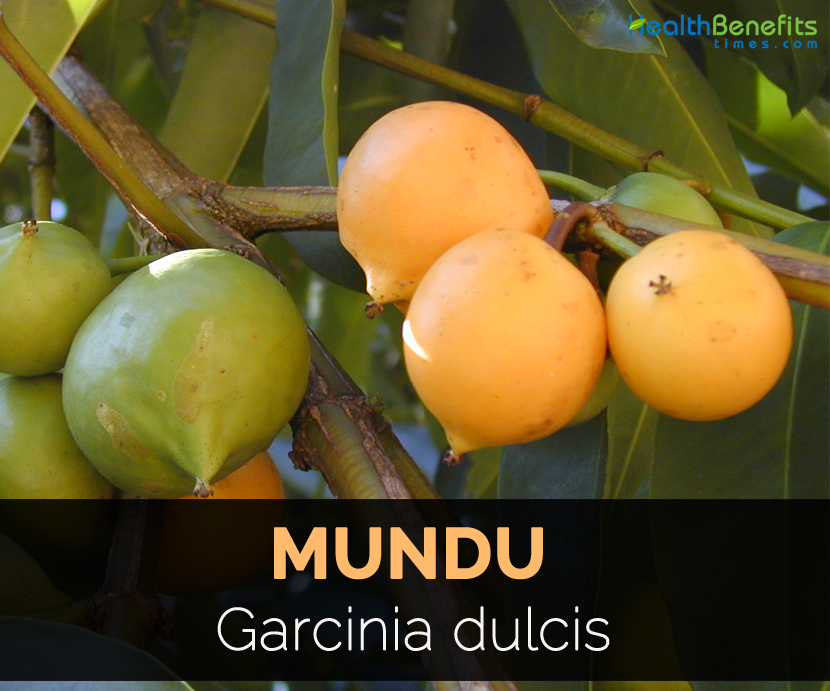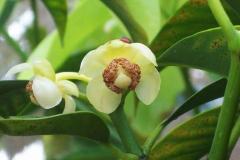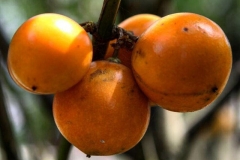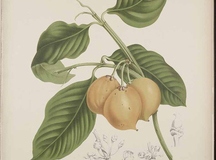Health Benefits of Mundu fruit
- Heal wounds
The fruit has an anti-inflammatory property which helps to heal wounds and pains. It is helpful to maintain skin health.
- Erase Pain
The injured or chafed skin will make pain which could be reduced by using Mundu fruit.
- Goiters
Besides injuries, it could be used to treat goiter. Sprinkle grounded goiter on affected part of goiter.
- Relieve abdominal pain
Mundu has saponin, flavonoids, toning and anti-inflammatory properties which is helpful to cure stomachache.
- Treat bile problems
Besides stomach health, the fruit is effective for treating bile problems. The mundu fruit helps the one to defecate.
- Treatment for Diarrhea
Diarrhea is caused due to lack of digestive section to solve or create dirt which is found on part of digestive tract treated with either making it difficult to pass.
- Treat enema
Enema is a disease which attacks bile. Mundu fruit is helpful in overcoming this problem.
- Helps bowel movement
People with too many bowel movements continuously find Mundu fruit to be helpful. Leaves are used to treat it.
- Treat Thrush
Mundu fruit has anti-inflammatory properties which help to eliminate thrush of mouth area.
- Helpful for bad breath
Bad breath is caused due to canker sores specified with deficiency of Vitamin C.
- Treat burns
Mundu fruit is used to treat burns.
Medicinal uses
- Crushed fruit extract is used to provide relief from scurvy in Thailand.
- Use the crushed bark extract to clean wounds.
- Apply the pounded leaves to cure swellings.
Culinary uses
- Consume it fresh or serve it in sherbets.
- Make the fruits into jam, fruit paste and butter.
- Fruits are cooked and candied.
References:
https://www.itis.gov/servlet/SingleRpt/SingleRpt?search_topic=TSN&search_value=506128#null
https://en.wikipedia.org/wiki/Garcinia_dulcis
http://tropical.theferns.info/viewtropical.php?id=Garcinia+dulcis
https://www.rarepalmseeds.com/garcinia-dulcis
https://healthyperson45.blogspot.com/2019/06/top-11-for-health-benefits-of-fruit.html
Comments
| Mundu Quick Facts | |
|---|---|
| Name: | Mundu |
| Scientific Name: | Garcinia dulcis |
| Origin | Peninsular Malaysia, southern Thailand, Java, Borneo and the Philippines |
| Colors | Yellow or deep yellow |
| Shapes | Globose to oblate, 5–8 cm in diameter |
| Flesh colors | Soft yellow |
| Taste | Pleasant |
| Name | Mundu |
|---|---|
| Scientific Name | Garcinia dulcis |
| Native | Peninsular Malaysia, southern Thailand, Java, Borneo and the Philippines |
| Common/English Name | Baniti, Gourka, Egg Tree, Mundu, Rata Fruit |
| Name in Other Languages | Dutch: Moendoe; Indonesia: Mundu (Gorantalo), Baros, Moendo, Kledeng, Munder, Mundu, Mundur (Javanese), Monhdu (Madurese), Mundu (Lampon g), Mundu (Minangkabau), Mundu (Malay), Mundu (Lingga), Patung-Patung (Makassar), Jabura, Golodog-Panto, Jawura, Mundu (Sundanese); Malaysia: Mundu, Mendu; Philippines: Buneg (Iloko), Bagalot (Bisaya), Baniti (Tagalog), Taklang-Anak; Thailand: Ma Phut; Vietnamese: Bứa Ngot, Tai; Assamese: Tepor tenga; Bengali: Dephol; Dutch: Moendo; Javanese: Baros, Mundu, Mundur; Lampong, Malay, Minangkabau: Mundu; Makassar: Patung-Patung; Indonesia: Golodog-Pnato |
| Plant Growth Habit | Evergreen, much branched perennial tree |
| Plant Size | 10–13 m high |
| Bark | Dark brown and rough |
| Leaves | Ovate, oval to oblong up to 10–30 cm long by 3–15 cm wide |
| Flowering Season | April – May |
| Fruit shape & size | Globose to oblate, 5–8 cm in diameter |
| Fruit color | Yellow or deep yellow |
| Flesh color | Soft yellow |
| Fruit peel | Thin |
| Flavor/aroma | Pleasant acid |
| Fruit Taste | Pleasant |
| Seed | Brown, 2.5 cm long |
| Fruit Season | July – November |





